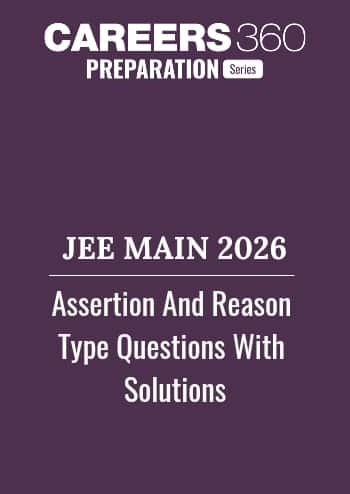Fajan’s Rule - Practice Questions & MCQ
Quick Facts
-
Fajan's Rule and Covalent Character in Ionic Bond is considered one of the most asked concept.
-
29 Questions around this concept.
Solve by difficulty
Select the most ionic and most covalent compounds respectively from the following.
One half of the distance between 2 covalently bonded atoms in a diatomic molecules is called
Which type of bond is present in HNO2 molecule?
JEE Main 2026: Official Website | Top 30 Most Repeated Questions
JEE Main Sample Papers: Physics | Chemistry | Maths
JEE Main QP & Mock: Previous 10 Year Questions | Chapter Wise PYQs | Mock test Series
JEE Main Most Scoring Concept: January 2025 Session | April 2025 Session | Overall
Given two statements below :
Statement I : In $\mathrm{Cl}_2$ molecule the covalent radius is double of the atomic radius of chlorine.
Statement II : Radius of anionic species is always greater than their parent atomic radius.
Choose the most appropriate answer from options given below :
Which of the following is least ionic?
The greater covalent character of an ionic bond if
Compound that describes ionic bond
Which of the following statement is correct?
Concepts Covered - 1
The covalent character in ionic bond is determined by Fajan’s rule. It simply says that no ionic bond is completely ionic, there is always some covalent character in ionic bond. When a cation approaches an anion, then the electron cloud of the anion is distorted and shifted towards the cation, this distortion is known as the polarisation of the anion.
The ability of the cation to distort the anion is known as polarising power and the ability of the anion to get distorted is known as polarisability.
The covalent character in ionic bond depends on the following factors:
-
Size of the cation: Smaller the size of the cation, larger will be its polarisability.
-
Size of the anion: Larger the size of the anion, larger will be its polarisability.
-
Charge on cation and anion: More the charge on cation more will be its polarising power. Further, more the charge on anion, more will be its polarisability.
Thus covalent character for chlorides follows this order:
NaCl < MgCl2 < AlCl3
In this case, the charge on the cation increases, thus its polarising power also increases.
Further, for cation size, the covalent character follows the below order:
LiCl > NaCl > KCl > CsCl
In this case, as the size of the cation increases, its polarising power decreases.
Study it with Videos
"Stay in the loop. Receive exam news, study resources, and expert advice!"













